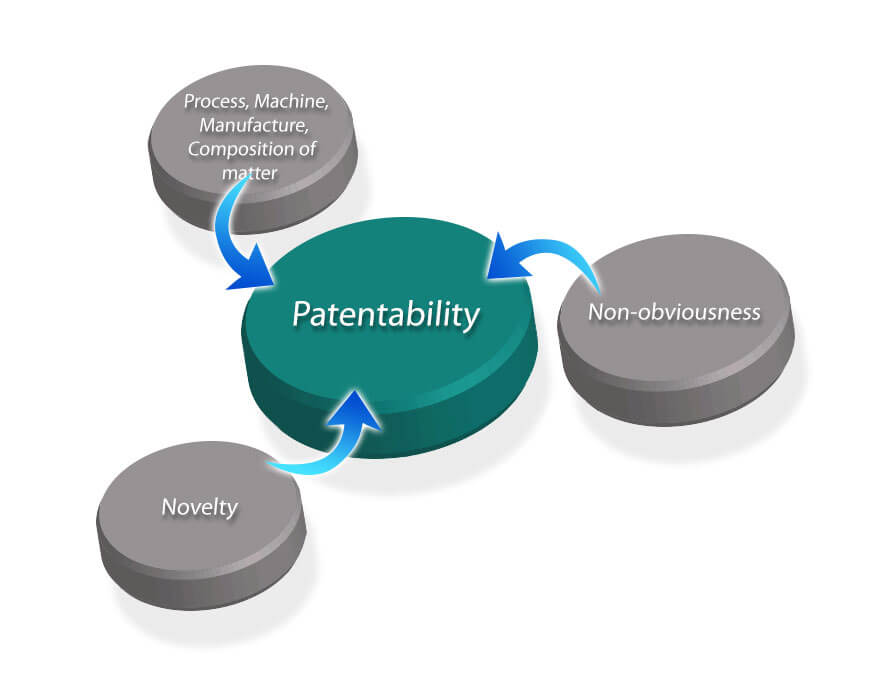Registering patent to protect disclosed invention

If you are an inventor, the patent system helps to secure your exclusive right to an invention to the public. They help to prevent others from making, using, or selling your patented invention in the country where your patent was issued.
The invention to be patented must be something not publicly disclosed before, it must be novel or new. The invention should be a technical advanced; it should not be just an obvious extension or aggregation of known elements or previous inventions. Your invention should be useful or have real-world utility.
Once the patent application is published, it helps to promote your invention. You may license out your invention even if the patent right is not yet granted. This link provides a directory of world-wide intellectual property offices which grant patent rights to inventors.





